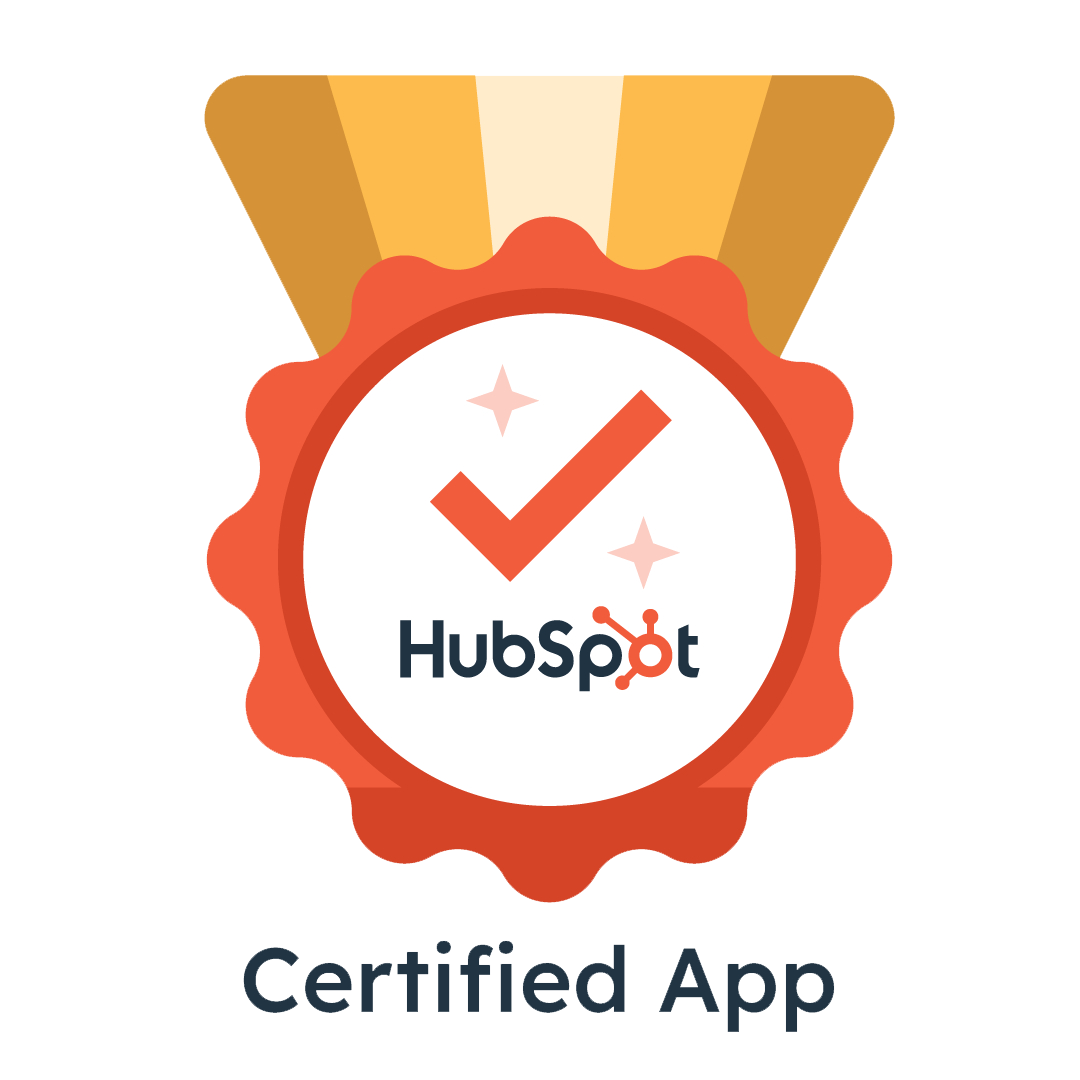Sponsorship
Sponsorship
Sponsorship is a marketing strategy where a company supports an event, organization, or individual financially or through resources in exchange for brand exposure and association. This approach is commonly utilized in trade shows, conferences, and various other events to build brand awareness, engage target audiences, and create positive brand associations. By aligning their brand with specific events or individuals, companies can enhance their visibility and reputation in the marketplace, making sponsorship a powerful tool in the marketing arsenal.
Understanding Sponsorship and Its Role in Event Marketing
Sponsorship involves a mutually beneficial partnership between a sponsor and an event organizer or entity. The sponsor provides funding, products, or services to support the event, while gaining opportunities to promote their brand to attendees and participants. This relationship is not merely transactional; it is built on shared goals and values that resonate with the audience. The effectiveness of sponsorship lies in its ability to create a connection between the sponsor and the event, fostering a sense of community and shared purpose.
In the context of trade shows and events, sponsorship can take many forms. For example, a company might sponsor a keynote speaker, a networking lounge, or branded giveaways. These sponsorships help the event run smoothly while giving the sponsor visibility and credibility. By associating their brand with high-profile speakers or engaging activities, sponsors can enhance their image and attract attention from potential customers. The strategic placement of their brand in various event elements ensures that they are front and center in the minds of attendees.
Effective sponsorships are carefully aligned with the sponsor’s target audience and marketing goals. When done well, sponsorships can enhance brand recognition, generate leads, and foster goodwill among customers and industry peers. This alignment is crucial; sponsors must ensure that the event's audience matches their target demographic to maximize the impact of their investment. Additionally, the goals of the sponsorship should be clearly defined, whether it’s increasing brand awareness, launching a new product, or building relationships within the industry.
Types of Sponsorships
- Title Sponsorship: The sponsor’s name is prominently featured as part of the event title, offering maximum visibility and recognition among attendees.
- Exhibit Sponsorship: Sponsors support specific booths or exhibits, often with branded displays or interactive experiences that engage attendees directly.
- Activity Sponsorship: Funding or supporting specific event activities such as workshops, contests, or entertainment segments, allowing sponsors to connect with participants in a meaningful way.
Benefits of Sponsorship
- Brand Exposure: Sponsors gain access to a targeted audience, increasing brand awareness and reinforcing their presence in the market.
- Lead Generation: Events provide opportunities to collect contacts and engage potential customers, creating a pipeline for future sales.
- Relationship Building: Sponsorships help build trust and credibility within an industry or community, fostering long-term relationships that can lead to future collaborations.
Practical Examples of Sponsorship
- A technology company sponsoring a conference’s Wi-Fi service, with branded login pages and signage that keeps their brand visible throughout the event.
- A beverage brand sponsoring a networking lounge, providing free samples and branded seating areas that encourage interaction and engagement among attendees.
- A financial services firm sponsoring a keynote speaker session, gaining logo placement and speaking opportunities that position them as thought leaders in their field.
FAQs About Sponsorship
What is the difference between sponsorship and advertising?
Sponsorship involves supporting an event or entity in exchange for brand association and exposure, often creating a deeper connection with the audience. Advertising typically refers to paid placements like ads or commercials that directly promote a product or service. While both strategies aim to increase brand visibility, sponsorship tends to foster a more organic relationship with the audience, as it is often perceived as a commitment to the community or industry.
How can I measure the success of a sponsorship?
Success can be measured through metrics such as brand visibility, lead generation, social media engagement, and attendee feedback. Setting clear goals before the event helps track the return on investment effectively. Additionally, post-event surveys and analytics can provide insights into how well the sponsorship resonated with the audience, allowing for adjustments in future sponsorship strategies.
What should I consider before choosing an event to sponsor?
Consider the event’s audience demographics, alignment with your brand values, sponsorship packages offered, and the potential for meaningful engagement. Researching past event outcomes can also provide valuable insights. It’s essential to evaluate how the event aligns with your overall marketing strategy and whether it offers the right platform to achieve your objectives.





